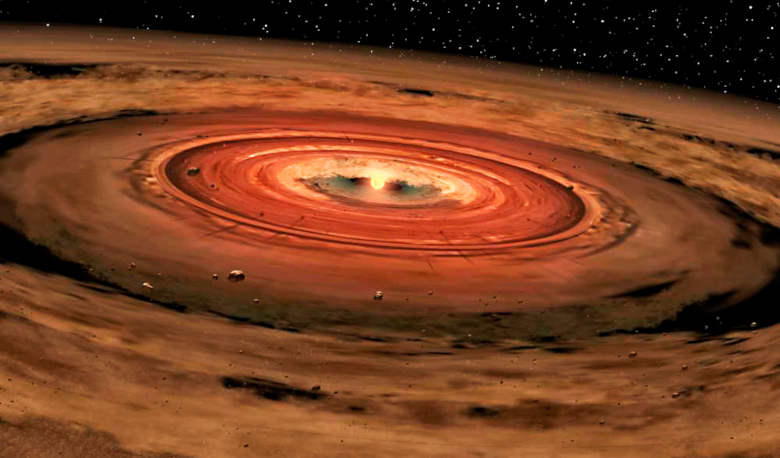Interstellar visitors ‘Oumuamua and comet 21/Borisov are not alone in our Solar System and apparently never have been, as new research into 19 objects that gravitate between Jupiter and Neptune have turned out to be a whole population of interstellar asteroids hiding in plain sight for billions of years.
The objects in question are known as Centaurs - peculiar planetesimals as large as 200 kilometres (125 miles) in diameter, that cross the orbits of one or more of the giant planets in their journey around the Sun.
Because of their unstable orbits, for a long time astronomers were not sure whether these objects were asteroids flung out from the inner solar system or comets travelling in toward the sun from afar.
The unknown ambiguous descent of these celestial bodies prompted them to be called Centaurs, after a creature in Greek mythology whose mismatched body is half human and half horse.
A few years ago, with the help of NASA's Wide-field Infrared Survey Explorer (WISE), astronomers set out to determine the true nature of these mysterious objects and when the results were in, the data pointed to a cometary origin for most of the centaurs, suggesting they were coming from the frigid outer reaches of our solar system.
However, although it seemed clear-cut what most of the objects were, there was some doubt as to whether the remainder were asteroids or something else altogether.
Now, a new study that has looked at the wayward orbits of some centaurs has proved that at least 19 of them belonged to another star system before joining our system.
Led by Fathi Namouni, a CNRS researcher in the Laboratoire Lagrange, and Helena Morais, researcher at UNESP in Brazil, the duo explain that the objects in our system already orbited the Sun 4.5 billion years ago in the same plane as the dust and gas disk in which they were formed.
After running computer simulations on the past trajectories of these 19 centaurs, a method to look back in time to find their previous positions, Namouni and Morais found these objects were orbiting the Sun on a plane perpendicular to the planetary motion going on at the time of the Solar System’s formation.
Not only that but they were located far from the disc that gave rise to asteroids in our Solar System. Put together these characteristics can only be explained if these travellers started life elsewhere.
But, unlike the recently identified interstellar visitors ‘Oumuamua, and comet 21/Borisov, which are just passing through our Solar System without stopping, these travellers are thought to have been present when Earth and the rest of the planets were just beginning to evolve.
“The discovery of a whole population of asteroids of interstellar origin is an important step in understanding the physical and chemical similarities and differences between Solar System-born and interstellar asteroids,” say Morais.
These select centaurs, say Namouni and Morais, likely originated from a nearby star cluster where each sun had its own planets and asteroids.
“The close proximity of the stars meant that they felt each others’ gravity much more strongly in those early days than they do today,” explained Namouni, lead author of the study submitted to Monthly Notices of the Royal Astronomical Society. “This enabled asteroids to be pulled from one star system to another.”
This newly identified population will give scientists clues about how interstellar asteroid capture occurred, and the role that interstellar matter had in chemically enriching the Solar System and shaping its evolution added Morais.
The duo now plan to continue this work by looking for specific events when common capture of several extrasolar bodies occurred.











